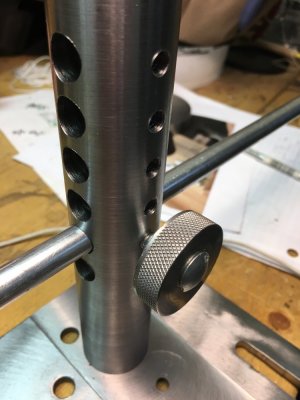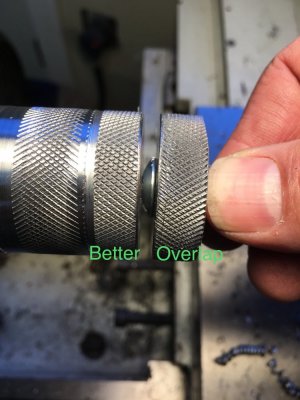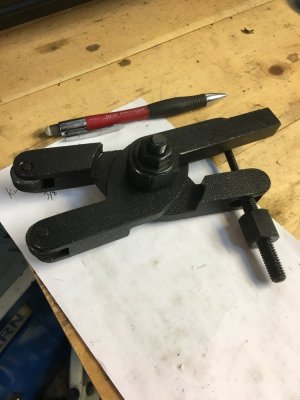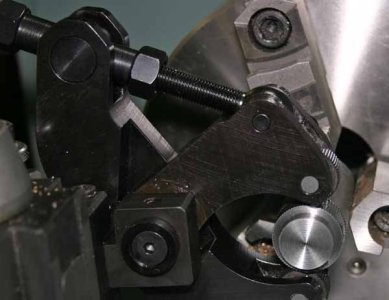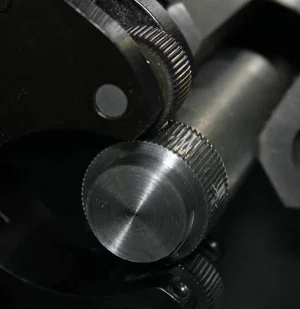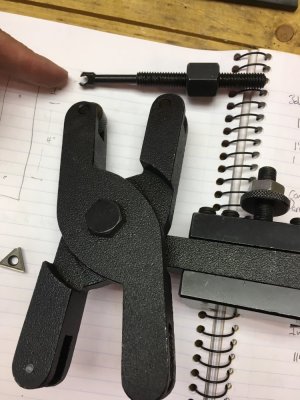Knurling tools....newbie questions...
https://www.busybeetools.com/products/knurling-tool-holder-5-16in-x3-4in-x4-1-2in.html
basic...
https://www.busybeetools.com/products/knurling-tool-no-6.html
Multi head....
https://www.busybeetools.com/products/adj-knurling-tool-holder-no-9800.html
https://www.kbctools.ca/products/WO...LS @@26 KNURLS/KNURLING TOOLHOLDERS/1043.aspx
pinch type...
I see there are better versions on thomas skinner.
http://www.thomasskinner.com/default.aspx?page=item+detail&itemcode=KAR-180177
$448!
I have a 14x40 lathe.
I see there are also BXA or AXA tool holders with Knurling built in to one end.
https://www.kbctools.ca/products/WO...LS @@26 KNURLS/KNURLING TOOLHOLDERS/1043.aspx
I'd like diamond and straight horizontal patterns.
No idea what to get...
https://www.busybeetools.com/products/knurling-tool-holder-5-16in-x3-4in-x4-1-2in.html
basic...
https://www.busybeetools.com/products/knurling-tool-no-6.html
Multi head....
https://www.busybeetools.com/products/adj-knurling-tool-holder-no-9800.html
https://www.kbctools.ca/products/WO...LS @@26 KNURLS/KNURLING TOOLHOLDERS/1043.aspx
pinch type...
I see there are better versions on thomas skinner.
http://www.thomasskinner.com/default.aspx?page=item+detail&itemcode=KAR-180177
$448!
I have a 14x40 lathe.
I see there are also BXA or AXA tool holders with Knurling built in to one end.
https://www.kbctools.ca/products/WO...LS @@26 KNURLS/KNURLING TOOLHOLDERS/1043.aspx
I'd like diamond and straight horizontal patterns.
No idea what to get...


